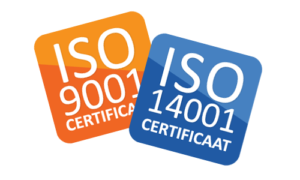Styrene-Butadiene Rubber (SBR) Binder for Li-ion Battery Anode Materials
Lithium ion batteries are widely used in consumer electronics like laptops and cellular phones. Since lithium ion batteries produced, there have been many technological developments to increase their performance. One of the most important issues for lithium ion batteries is to work on low temperatures for the applications in aerospace, military and electrical vehicles. In the studies related to this topic it is widely observed that the insertion and extraction of lithium is more difficult at low temperatures.
For this purpose, some polymers were studied on and it was seen that most polymers at room temperature show the familiar polymeric properties of material flexibility and high resistance to cracking. But as the temperature decreases, these polymers become hard and brittle. So, it can be said that a poorly chosen binder system may cause impact damage to the electrode, like electrode cracking, peeling of the structure and manufacturing imperfections.
To solve this problem styrene-butadiene rubber/carboxymethylcellulose (SBR/CMC) has been studied in silicon-based electrodes to improve durability at low temperatures and cycle stability. For a SBR/CMC-based anode, interactionsbetween the carboxylic acid in the CMC and the hydroxyl groups in the Si-C silicon composite can form chemical networks on the surface of silicon. So, it is obvious that styrene butadiene rubber binder can be useful for you for using in lithium ion battery applications.
You must be logged in to post a comment.


About the author